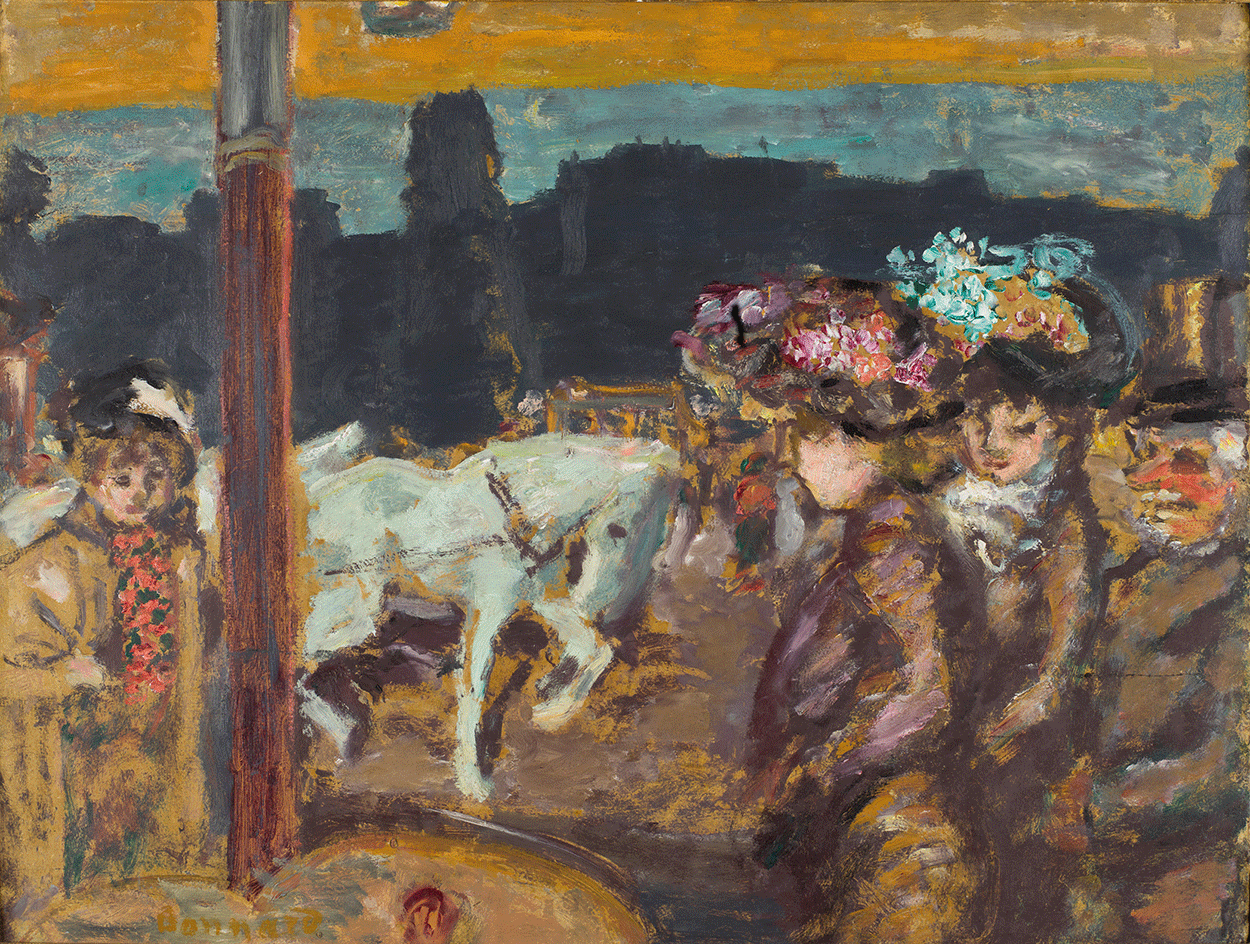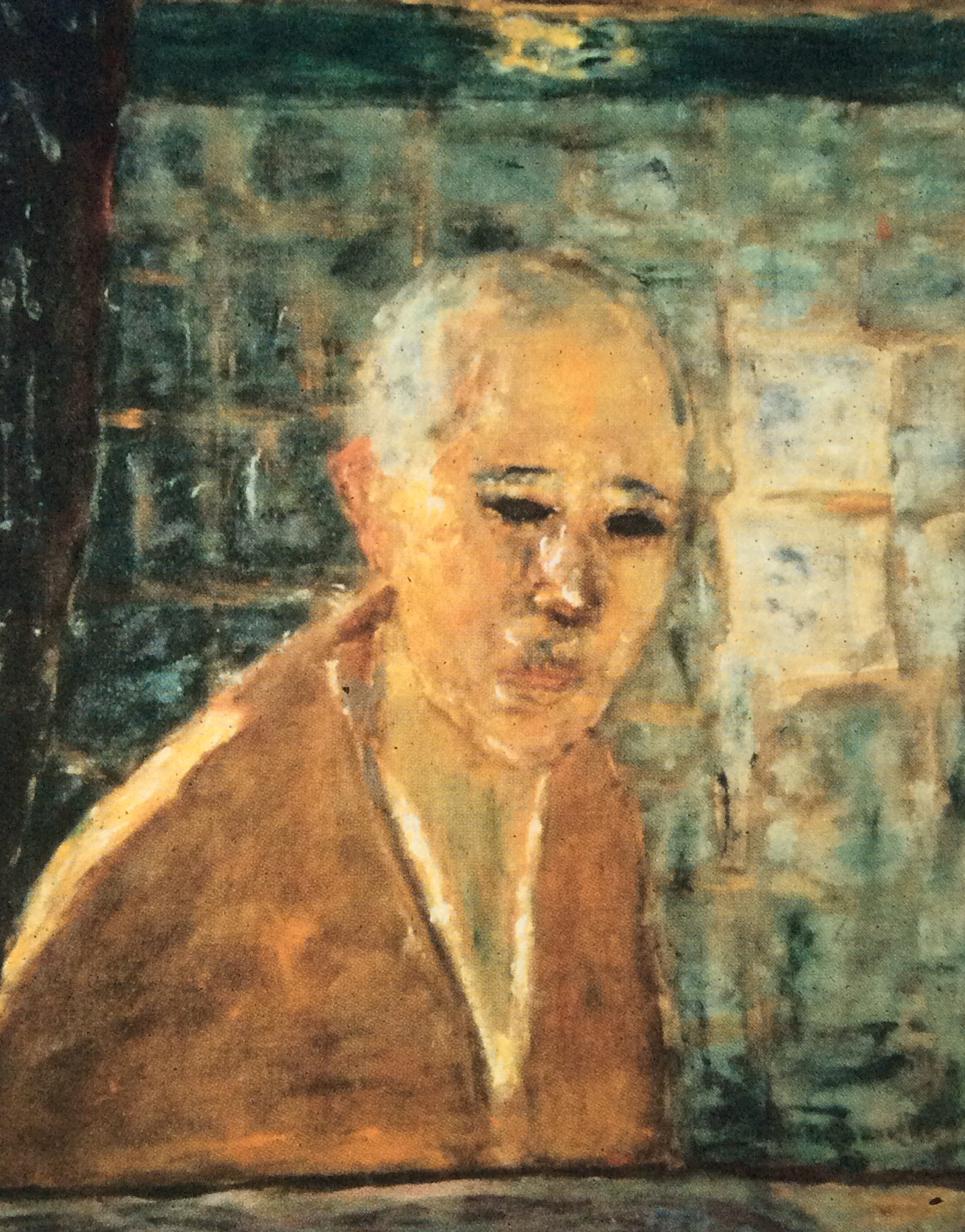Today we start our another monthly partnership - for the next four Sundays we will be presenting the masterpieces from the exhibition "Bonnard/Vuillard. The collection of Zeïneb and Jean-Pierre Marcie-Rivière" held at the Musée Bonnard. Until September 17th the exhibition will present the paintings and drawings from the private collection of Zeïneb & Jean-Pierre Marcie-Rivière which is now owned by the Musée d’Orsay. Enjoy! :)
Bonnard was a tireless flâneur fascinated by the Parisian life of the Belle Époque, sparkly streets, the specific ambiance of cafés and shops, crowds, children and their nurses, and bourgeois women who wore hats with flowers and feathers.
The photography-like framing is typical for Nabis and reflects the surreptitious character of the scene. As if it was captured by the eye of a photographer, the moment of life seems suspended in the air and testifies Bonnard's sensibility and excitation towards the ongoing revival of the society.
The work symbolises one of those kaleidoscopes of changing life, precisely the one of the new era when leisure and entertainment emerge. A particular use of light that puts the background in the dark suggests that the whole scene is brightened by the city lights and takes place under the awning of a café.
The haste of the bourgeois is reflected in the appearance of young women’s clothes painted with quick and soft strokes of the brush. The elegant figures in coats magnified by hats suggest the rushed march of progress, accentuated with the touches of color tones applied on the foreground of the painting. Bonnard loves people and puts in the painting different universes. On the left, we can see a modest woman, and on the right, a man who seems to be wearing a masque symbolising celebration and amusement.


 Pierre Bonnard
Pierre Bonnard